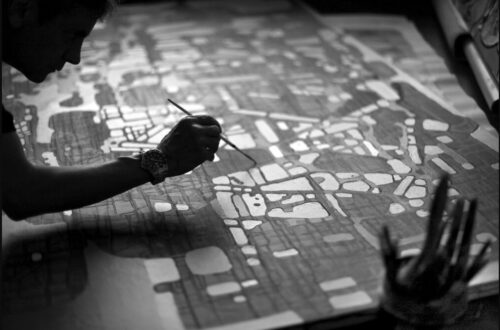Dorothea Lange photos have become timeless windows into the collective human experience, but before we dive into her iconic captures, let’s peek into the life of the famous photographer herself. Born in Hoboken, New Jersey, in 1895, Lange’s early years were marked by the sudden loss of her father and a bout of polio that left her with a limp. Despite these early challenges, her indomitable spirit led her to pursue a career in photography.
Later in life, Lange married the economist Paul Taylor, forging a partnership that not only enriched her personal life but also influenced her lens to focus on the socio-economic issues of the time. The couple’s dedication to social justice took a poignant turn during World War II when Lange, along with her family, documented the internment of Japanese Americans, shedding light on the harsh realities of a nation at war. This period also saw her becoming the first woman awarded the Guggenheim Fellowship for photography.
Beyond her professional achievements, Lange’s vibrant social life and unwavering commitment to capturing the essence of humanity make her a luminary in the realm of documentary photography. Today, her photographs find a revered space in museums, serving as visual testaments to the resilience and struggles of the human spirit. As we step into Lange’s world, let’s explore the subjects, the camps, and the camera that etched her name into the annals of photographic history.
1. Migrant Mother

| Date | 1936 |
| Dimensions | 4×5 inches |
| Location | Nipomo, California |
Imagine scrolling through your feed during the Great Depression and stumbling upon “Migrant Mother.” Florence Owens Thompson’s exhausted face screams, “Monday vibes,” and we can’t help but feel the struggles of that era. Lange’s lens not only captured a moment but crystallized an entire era’s hardships in one shot. Thompson’s furrowed brow and the kids huddled close tell a tale of resilience that’s become an enduring symbol of those tough times.
2. White Angel Breadline, San Francisco
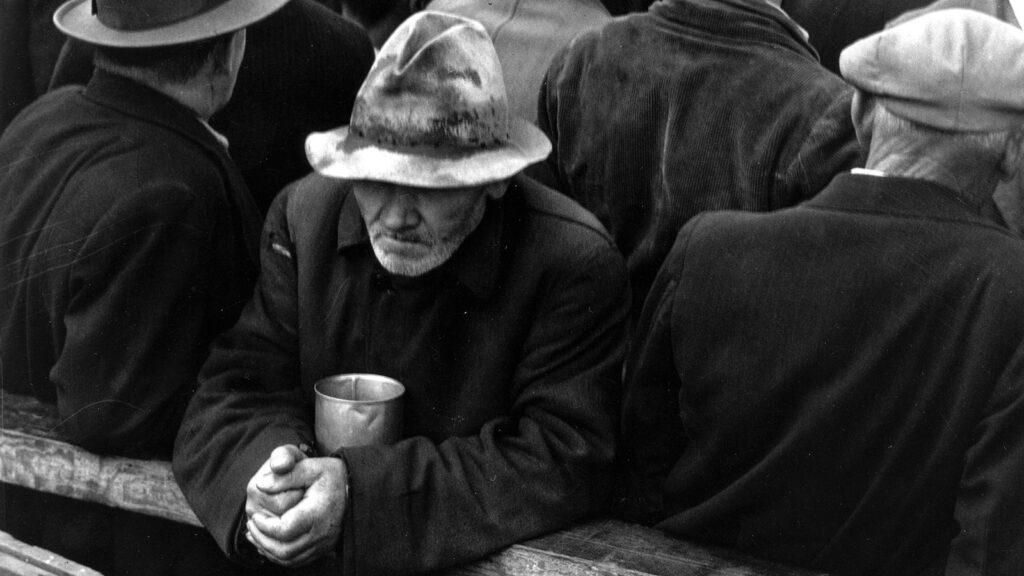
| Date | 1933 |
| Dimensions | 8×10 inches |
| Location | San Francisco, California |
“White Angel Breadline” is like a throwback to the toughest lunch break ever. Those stoic faces waiting for a meal make our lunchtime dilemmas seem like a walk in the park. Lange had this knack for freezing moments that hit you right in the gut. These weren’t just hungry people; they were faces of survival, etched in time. In every furrowed brow and downturned lip, you can feel the weight of an era.
3. Damaged Child, Shacktown, Elm Grove, Oklahoma

| Date | 1936 |
| Dimensions | 8×10 inches |
| Location | Elm Grove, Oklahoma |
Ever seen a photo that hits you right in the feels? “Damaged Child” does just that. Lange captured the vulnerability of a child in the midst of economic chaos, making us wish we could give that kiddo a big virtual hug. The haunting eyes, the disheveled hair—every detail tells a story of innocence caught in the crossfire of tough times. It’s not just a photo; it’s a moment etched in the archives of empathy.
4. Ex-Slave with Long Memory, Alabama
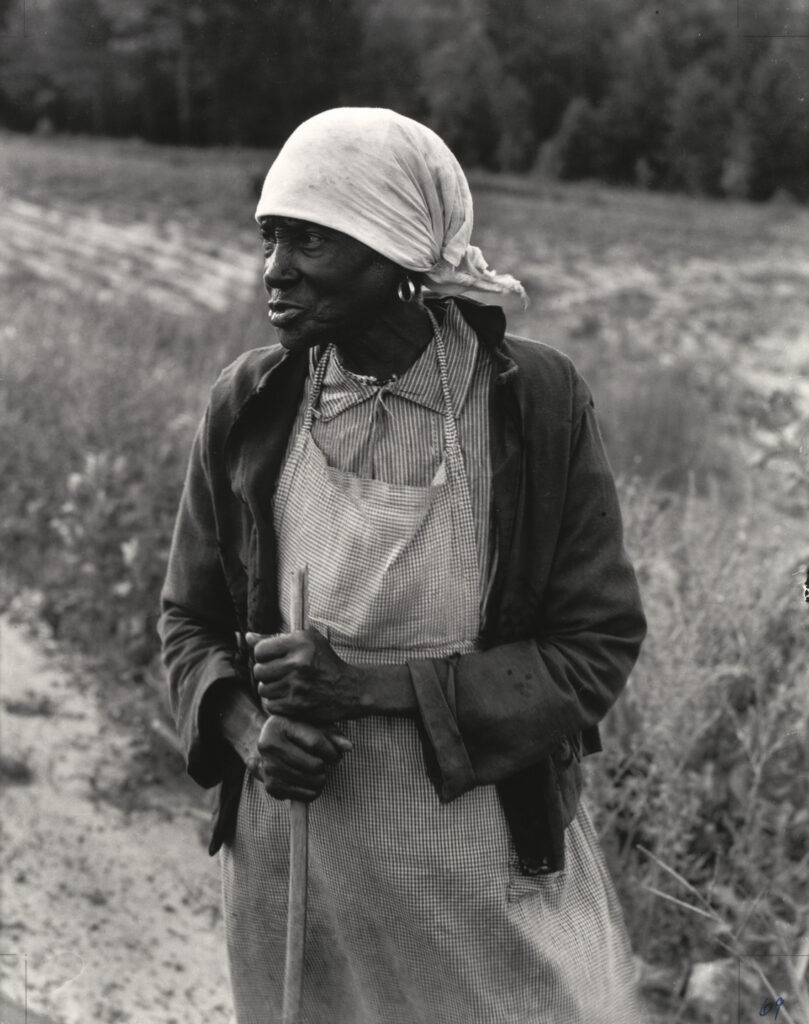
| Date | 1937 |
| Dimensions | 4×5 inches |
| Location | Alabama |
“Ex-Slave with Long Memory” is like a history lesson in a single shot. The weathered face tells tales of resilience and strength that make our daily struggles seem like a cakewalk. Lange had this way of capturing stories etched on faces, and here, she immortalizes the endurance of an ex-slave. It’s a portrait that whispers, “I’ve seen it all,” and in those eyes, you find a history book waiting to unfold.
5. Ditched, Stalled and Stranded, San Joaquin Valley, California, 1935
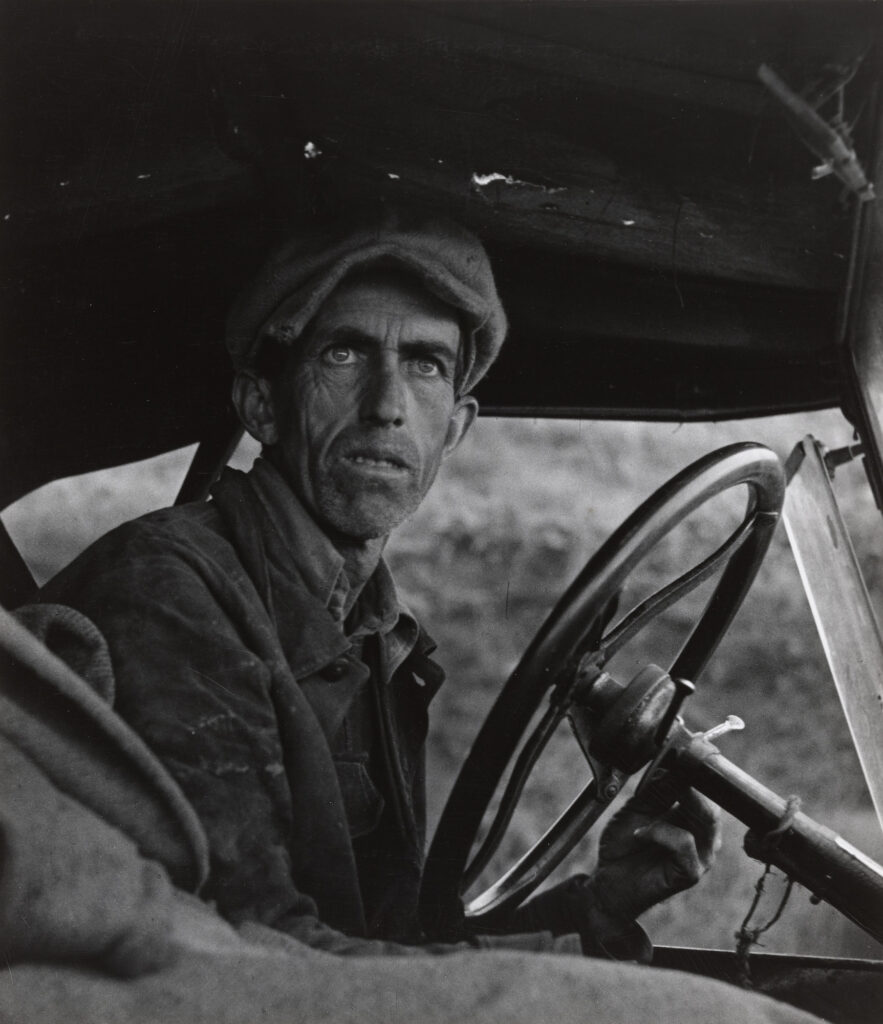
| Date | 1935 |
| Dimensions | Not specified |
| Location | San Joaquin Valley, California |
Picture this: You’re cruising through the San Joaquin Valley in 1935, and suddenly, you’re “Ditched, Stalled and Stranded.” Stranded cars everywhere, giving you that sinking feeling. Lange captured the Dust Bowl era’s vibe in one crazy snapshot. The dust swirling, the cars abandoned—it’s like a scene from an old Western movie, only it’s real life. Each vehicle tells a story of migration gone awry, frozen in a moment that echoes with the struggles of an entire community.
6. The Road West, New Mexico
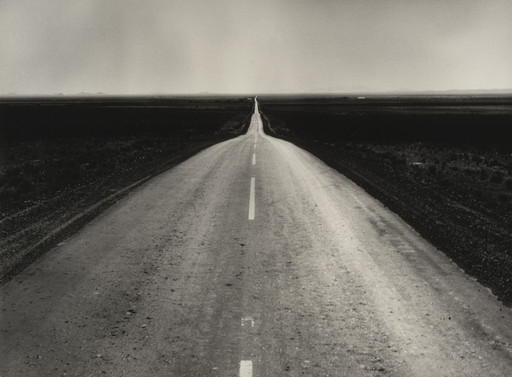
| Date | Not specified |
| Dimensions | Not specified |
| Location | New Mexico |
Taking a road trip in the 1930s? “The Road West” is like the OG travel pic. Lange’s lens follows folks seeking greener pastures, and we can’t help but imagine the epic road trip playlist they had. The open road, the uncertainty, the hope—it’s all there in a single frame. Lange doesn’t just capture a journey; she documents the spirit of a generation on the move.
7. Six Tenant Farmers without Farms, Hardeman County, Texas
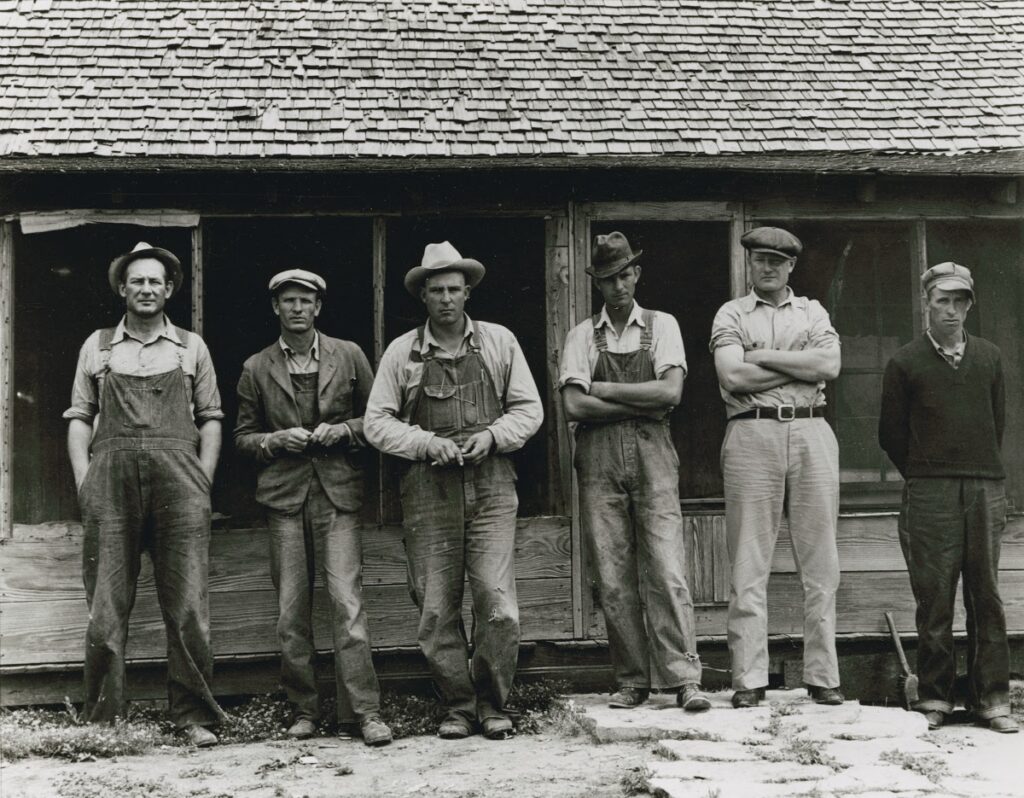
| Date | Not specified |
| Dimensions | Not specified |
| Location | Hardeman County, Texas |
“Six Tenant Farmers without Farms” is like a squad pic from the 1930s. These faces tell stories of resilience, determination, and probably a lot of corny jokes while tending to non-existent farms. Lange’s lens doesn’t just focus on individuals; it weaves a collective narrative of survival. These weren’t just farmers; they were a tight-knit crew facing the harsh realities of agriculture, and you can almost hear their banter through the black and white.
8. Pea Picker’s Home, Nipomo, California
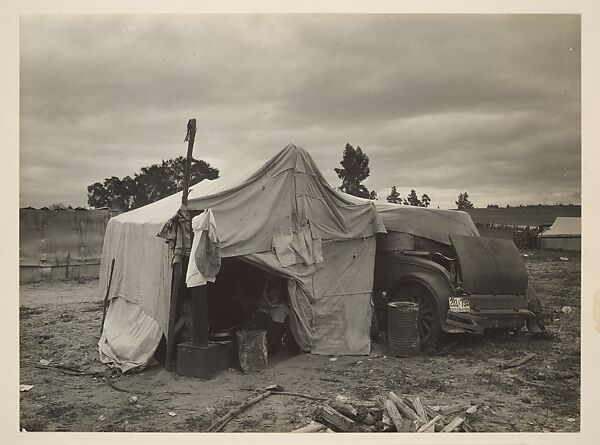
| Date | Not specified |
| Dimensions | Not specified |
| Location | Nipomo, California |
Welcome to the crib of a pea picker! “Pea Picker’s Home” gives us a peek into the not-so-glamorous side of life during the Depression. It’s like an old-school episode of MTV Cribs, but instead of flashy cars and gold-plated sinks, you get a humble abode with a story. Lange captures the simplicity and struggle of everyday life of a worker, turning a tiny home into a symbol of resilience.
9. Tractored Out, Childress County, Texas

| Date | Not specified |
| Dimensions | Not specified |
| Location | Childress County, Texas |
“Tractored Out” is like the 1930s version of a farming reality show. Lange captures the moment when machines took over, and farmers were left wondering where their tractors went. Cue the drama! It’s not just a photo of displacement; it’s a visual narrative of a technological revolution that changed the face of agriculture. Lange’s lens doesn’t just document; it tells a story with every frame
10. First Days of Unemployment Compensation in California

| Date | Not specified |
| Dimensions | Not specified |
| Location | California |
Imagine being there for the birth of unemployment compensation! Lange’s lens takes us to the “First Days,” where relieved faces mix with the uncertainty of a new chapter. It’s like the grand opening of a groundbreaking show. Lange doesn’t just capture a moment; she freezes the transition from despair to hope, giving us a front-row seat to history in the making.
Frequently Asked Questions
Did Dorothea Lange have a husband?
Dorothea launched a studio for photography in 1919. She was commissioned by many wealthy San Francisco residents to create beautiful portraits. It was via this work that Dorothea got to know painter Maynard Dixon. In 1920, the two got married.
Was Dorothea Lange a painter?
Dorothea Lange was famous for her work during the Great Depression for the Farm Security Administration (FSA). She was an American photojournalist and documentary photographer.
Conclusion
As we wrap up this incredible journey through Dorothea Lange’s lens, it’s not just about the photos—it’s about the stories they tell. Each image is a time capsule, a snippet of a moment that defined an era. Lange’s photos aren’t just black and white; they’re vibrant stories waiting to be told. Here’s to timeless art, captivating stories, and the enduring magic of a single snapshot.












